© 2026 ALLCITY Network Inc.
All rights reserved.

The Colorado Rockies highly-vaunted Super Bullpen was an absolute unmitigated disaster… right?
Of course it was.
You’ve heard the stat. You’ve seen the stat. You lived the damn stat.
The club spent $106 million on Jake McGee, Bryan Shaw, and Wade Davis who, in return, put up a combined -0.4 bWAR over three seasons. The trio were cut without lasting the length of their short-term contracts.
That is, to paraphrase Jeff Goldblum, a great big heaping pile of Triceratops’ dung.
We could obfuscate this data by getting into the finer details about how wins-above-replacement calculations get tripped up by the uniqueness of Coors Field, but that’s a waste of time.
Anyone who watched these pitchers during their tenure in Colorado knows that none of them came anywhere close to being worth the value of their contracts, no matter how you try to measure it.
So, clearly, the Rockies should not have signed any of these players… right?
Not so fast.
We’re gonna have to go with a definitive maybe on that one.
You see, a lot of sequencing context gets lost when referring to triumvirate’s fWAR over those three seasons. It’s also a misnomer to suggest that they were the entirety of an eight-man bullpen.
To get a full contextual understanding of what happened and why it happened – not to mention how the Rockies can learn from their mistakes – we must take a trip back in time.
The Year Was 2016…
Trevor Story was a novice, making waves as the leading contender for Rookie of the Year. Nolan Arenado and Charlie Blackmon had stepped out of their early-career inconsistencies and firmly asserted themselves as superstars of the game. DJ LeMahieu was in the midst of his best season in Colorado.
Carlos González and Mark Reynolds were providing above average offense, giving the Rockies six players who posted an OPS+ of 100 or better.
They added a seventh when David Dahl debuted and immediately hit safely in his first 17 games.
Bottom line: these guys could rake.
Their team OPS+ of 97 is still good for the fifth-best in franchise history.
The starting pitching wasn’t half bad either.
A quartet of Jon Gray, Chad Bettis, Tyler Anderson, and Tyler Chatwood gave Colorado four starting pitchers with an ERA+ of 100 or better.
Literally every single time the Rockies’ rotation has boasted four above average pitchers, they’ve made the postseason. Except this time.
It’s not necessarily that the 2016 team was expected to contend. They very much were not.
However, the offense was better than typical and qualitatively much better than what we’d see in 2017 and 2018. The starting pitching was solid, if not excellent.
These are the qualities that have gotten them to October in five other seasons.
So, what happened in 2016? The bullpen happened.
Colorado had just three guys in the ‘pen with above average seasons and none was a set-up man or closer.
Soon-to-be free agent Boone Logan was tops with a 132 ERA+, followed by Chris Rusin’s solid, but not even great, 130 ERA+, and oft-maligned Jake McGee was a bare-above-average 103 his first year in purple.
Adam Ottavino could possibly be counted with a 184 ERA+, but he had just returned from Tommy John surgery and was limited him to 27 innings pitched after the team had already fallen out of contention.
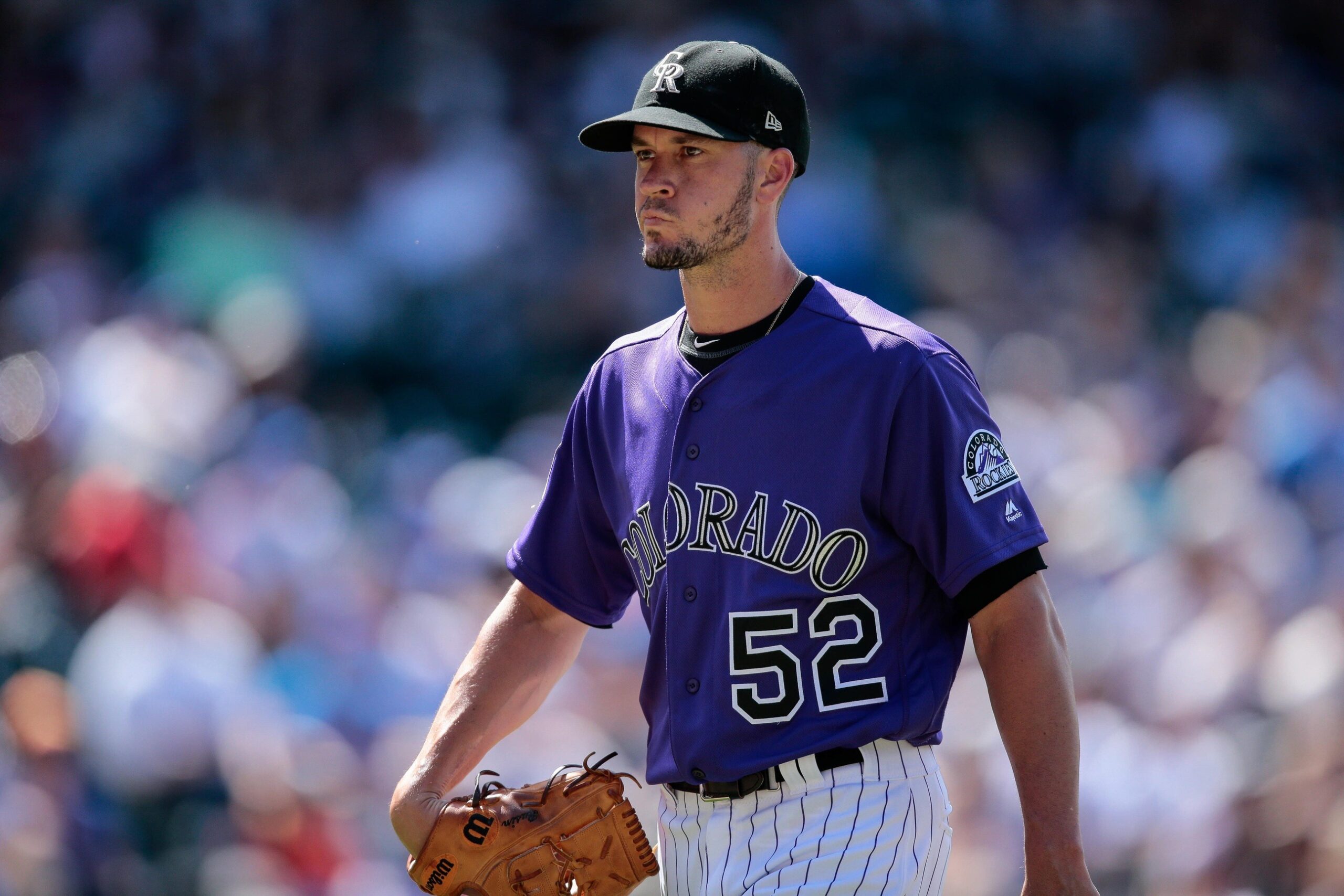
Everyone else from Jordan Lyles to Justin Miller to test-cases Jason Motte and Chad Qualls – the free agent tandem were given a total of $16 million for two years each – to a demoted Eddie Butler on down the line, sunk that team.
They were so desperate to find a suitable fireman that Carlos Estévez was promoted less than a year after pitching in High-A and placed into the closer’s role.
The bats and starting pitching were actually good enough to somehow bring the club to an even .500 record in early August, though injuries sustained to Story and Reynolds decimated any chance they had at finishing above 81 wins.
But it was the lack of production from the ‘pen, arguably one of the worst in franchise history that kept them from sniffing the postseason. (Only two other times, 2004 and 2015, have the Rockies had fewer above-average relievers.)
They blew 28 saves as a team, second-most in MLB, and that was the end of it.
Well, no… that was the beginning of it.
The Start of A Realization?
The first step toward fortifying the bullpen began in the 2015-16 offseason.
GM Jeff Bridich extended Ottavino on a team-friendly three-year deal. Motte and Qualls, who had been good elsewhere in 2015, were signed as the veteran presence for the relief corp. But they clearly weren’t working.
So they went after and acquired veteran lefty Mike Dunn on a three-year $19 million contract.
Then there was the trade of Corey Dickerson for McGee and Márquez, a clear sign that the team was willing to sacrifice some offense to improve the pitching. The acquisition of the 21-year-old Venezuelan made for a big win in that deal, even if McGee wouldn’t contribute much in 2016.
Still, Colorado needed more reinforcements in bullpen. There was no way around it.
A core of young position players and starters were beginning to emerge and needed help.
Márquez debuted that season while Kyle Freeland and Antonio Senzatela were poised to jump into the 2017 rotation. There was clear promise of a bright future if only the club could solve this obvious and glaring hole on their roster.
Dunn was worth 2.2 bWAR in the previous four seasons with the Marlins and had an ERA+ of 114 during that time. He’d pick up where Logan left off.
After that, in a move that was largely overlooked at the time, Bridich brought in Greg Holland on an incentive-laden deal. And they re-took the field.
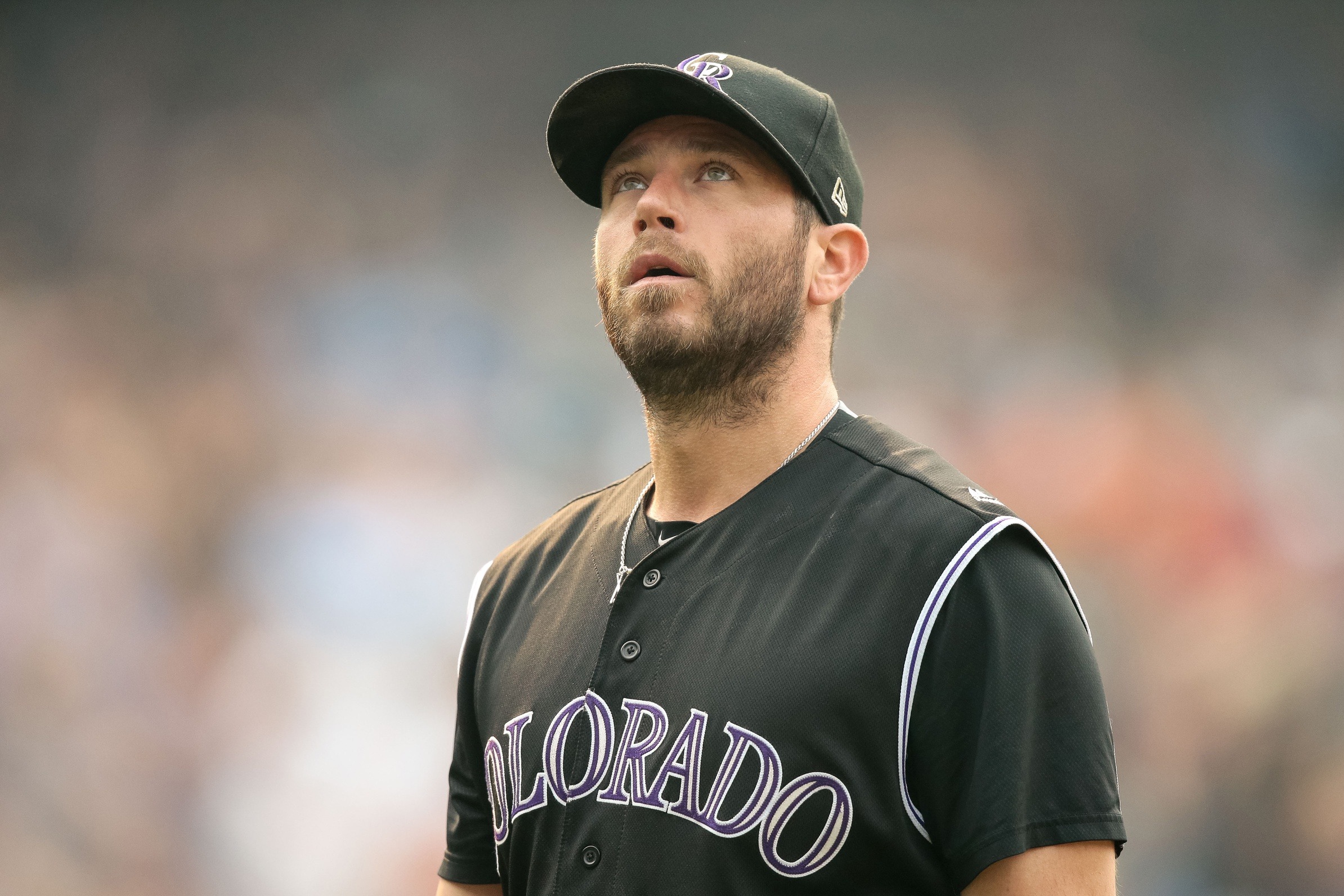
Dunn pitched in more games than any other Rockies’ pitcher in 2017 and was consistent to his resume with an ERA+ of 113. Holland won back-to-back Reliever of the Month awards to open the year, was named to his third All-Star Game and took home Comeback Player of the Year at season’s end by matching the franchise mark for saves.
The ’17 Rockies doubled their number of above-average relievers from three to six over the year prior and would add a seventh when they acquired Pat Neshek at the trade deadline.
Once again, Rusin paced the group in terms of ERA+ with a splendid 191. Holland was second with 140. Rather, he was tied for second.
Lost in the talk of what he would become, McGee also put up an ERA+ of 140 that year as the primary set-up man. He even tallied three saves, including one against the Dodgers. That 140 is a better mark than any of the starters that season or any single pitcher on the club the year before.
After those three, it was a steep drop-off to Ottavino, Bettis, and an emerging Scott Oberg who were all right around league average. The number for Otto is a bit misleading considering how loud his blowups were that season. He would not make the postseason roster. But there was a postseason roster.
Those guys, along with Estevez who provided a 91 ERA+ that got better as the year went along, gave Colorado the bullpen depth they had been severely lacking.
For the first and only time in franchise history, eleven relievers pitched at least 20 innings and posted an ERA+ of 90 or better for the Colorado Rockies.
But without McGee and Holland at the back-end, that depth wouldn’t have mattered.
As a unit, the 2017 bullpen cut their number of blown saves nearly in half from 2016, coughing up just 15.
In the process, it took a team of almost the exact same position players and a majority of the same starting pitchers from a 75-win club to an 87-win club.
The offense even dropped seven points from a team OPS+ of 97 down to 90. But they got their four above-average starters once again (Gray, Freeland, Marquez, Chatwood) and stopped blowing games, so punched their ticket to the postseason.
A year after one of the worst bullpens in franchise history cost them any September relevance, one of the best bullpens in franchise history powered them into it and beyond.
Then they doubled down.
Comic Relief
Following the first playoff appearance in nearly a decade, more changes were on the way.
Holland left in free agency and was showing signs of falling apart anyway. Otto had looked like a disaster at times. There were signs of what Oberg would become, but no way to know for sure.
Promises and bullpens can be volatile things by definition.
So, McGee was re-signed and Bridich went after free agent Bryan Shaw, one of the most consistent relievers in the game at that time.
To make the whole thing work, though, they needed a bonafide closer and not one saved from off the scrap heap this time.
Fresh off of some deep postseason runs and years in which he had posted ERA+ totals of 232 and 192, the Rockies signed Wade Davis as their closer.
Those three moves in quick succession led to the christening of the Super Bullpen but they were really all a part of a direction that had been in place for a few years that was just beginning to pay massive dividends.
“And then what happened?” you may cynically be asking through a laugh.
First, Shaw immediately imploded.
Someone could probably try to write a book someday about how this happened. For context, here are Shaw’s ERA+ totals from 2014-2018: 151, 146, 140, 130, 80.
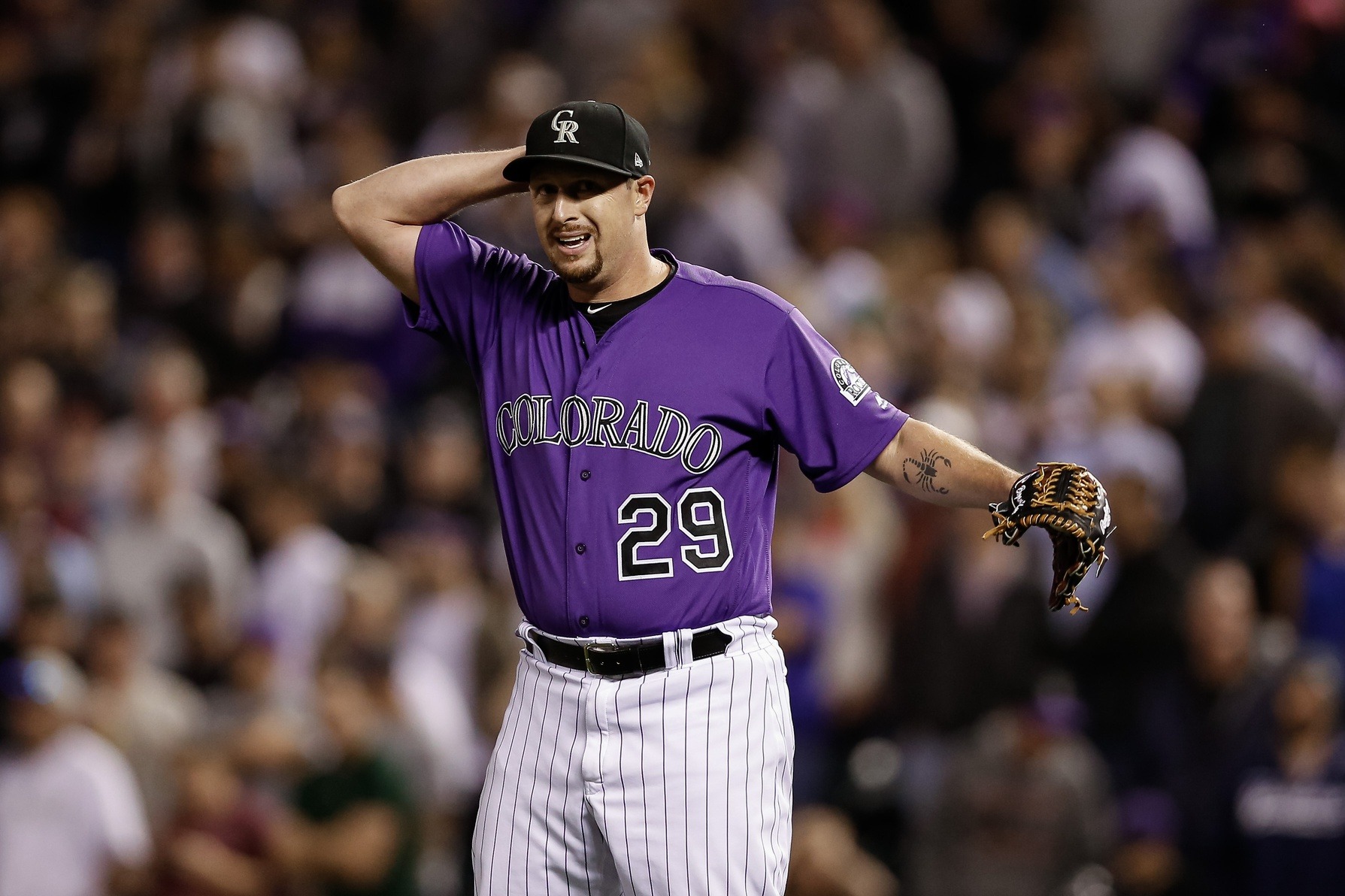
Yes, Shaw was on average more than 60 percent worse his first year in Colorado than he had been in his four years prior. And it would only get more brutal from there.
McGee followed right along, somehow posting an even more awful ERA+ of 73.
Both relievers ended up throwing over 50 innings. Much of that had to do with the team being both literally and figuratively over-invested in them, but it also had to do with watching the depth that had existed the year prior dry up all around them.
Injuries cost Estévez the entire year and took Dunn from a 50-inning reliever to just 17. And Rusin, their best reliever two years running, fell off the map with an ERA+ of 78 in 54.2 innings of work.
With all of that dragging them down, the Rockies bullpen still managed to be a plus for the team in 2018. Ottavino and Oberg blossomed into two of the best relievers in baseball, and a rookie left-hander named Harrison Musgrave quietly stepped in to to provide some depth with an ERA+ of 102 over 44.2 frames.
Just like the year before, the backend was good enough to justify a trade in July and this time Bridich snatched up Seunghwan Oh who posted an ERA+ of 189 over his final 21.1 innings for the Rockies.
Davis had his ups and downs to put it mildly. He blew six saves. Four of them were of the “I-can’t-believe-that-just-happened-that-is-totally-unacceptable-and-I’ve-just-thrown-the-remote-through-the-TV” variety.
As a result, his raw ERA was an ugly 4.13 for a closer. However, his adjusted ERA+ was a solid 115 and he managed to set a new franchise record with 43 saves.
Interestingly, the team ballooned in blown saves back up to 28, but two factors kept that from being prohibitive: an abundance of save opportunities (four more than anyone else in the National League) and an inordinate number by non-closers (blown before the ninth inning, via Shaw, for example) that still resulted in victories.
This all amounted to a team offense that held serve from 2017 and posted another 90 OPS+ and a team-wide pitching ERA+ that actually dropped from 112 to 109.
That 112 mark matched a franchise-high that has been achieved four times (’07, ’09, ’10, ’17) with the 109 mark in 2018 good for sixth-best all-time.
If the pitching actually got a little worse, then how did they improve by four wins to post their second-best record in history at 91-72?
Depending on who you ask, it was either pure dumb sequencing luck in close games or the best clutch hitter in baseball put up his best clutch season at the plate or the fact that when Davis was absolutely dominant when he wasn’t blowing saves.
He may have thrown away six games, but with seven more save opportunities than anyone else in the NL and 54 scoreless appearances in 69 tries – and just a single run on eight more occasions – he was worth every bit of his $16 million paycheck that season.
Classify it however you like. Either way, the 2018 Rockies are a team that without Davis, just like McGee the year before, probably doesn’t make the postseason.
Things Fall Apart
It’s been all downhill from there.
Motte, Qualls, Dunn, and Oh were all out of MLB by 2019 due to age and injury.
Rusin had to be cut when his miserable 2018 spilled into an even more miserable 2019 that saw him stuck in Triple-A most of the year. Shaw never found it. Ottavino left for the Yankees.
The big one was Davis, turning in one of the worst relief pitching seasons in history with an ERA+ of 60 over 42.2 IP and almost single-handedly tanking key games in the middle of the season that let the entire campaign slip away.
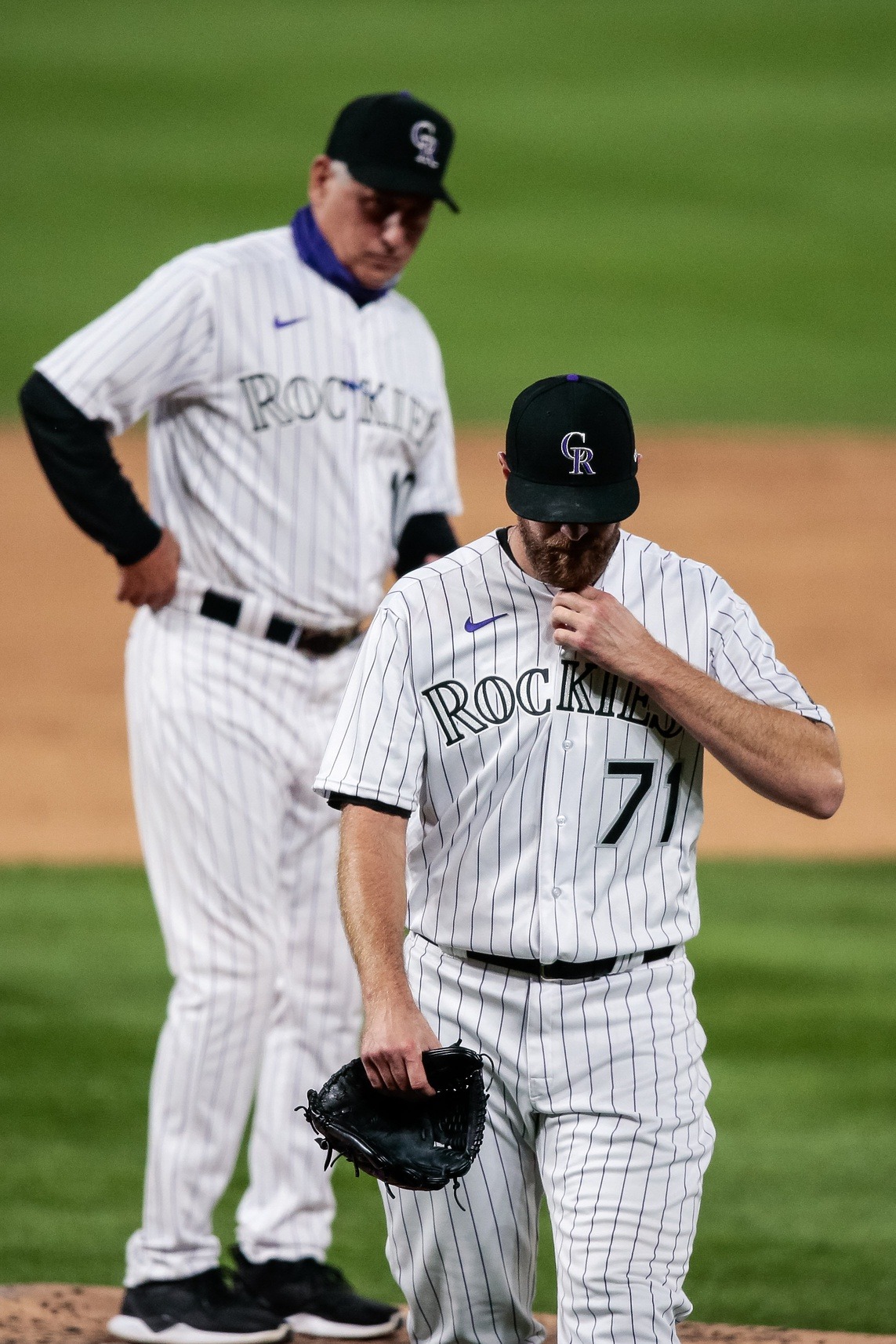
Once again, Colorado found themselves with just three above-average relievers in Oberg, Estévez, and newcomer Jairo Díaz.
Just like in 2016, that wasn’t nearly enough. Colorado had neither the offense nor starting pitching to withstand the collapse of the ‘pen and they scuttled to one of the most disappointing seasons in franchise history.
The Super ‘Pen may have been done, but their contracts were not. Citing a lack of financial flexibility essentially caused by these moves, the Rockies were unable/unwilling to make many changes before 2020, having to settle on reclamation projects like Daniel Bard, Tyler Kinley, and José Mujica.
The loss of Oberg for the season and dramatic step-backs from Estevez and Diaz wiped out any chance for Bard and Kinley to serve as the solid reinforcements they may have been otherwise.
And with that, we are right back where we started.
So… What Now?
What have we learned?
It is both true that the Super Bullpen was an absolute unmitigated disaster and that if Bridich had done nothing rather than sign these players, the team would have been worse off.
Well, all but one of them anyway.
Shaw was easily the biggest drag on their collective negative bWAR. We can say with no hesitation that Colorado would have been better off throwing that money into a volcano rather than giving it to him.
Davis and McGee also never lived up to their contracts, but were vital parts of postseason runs. If you could go back in time and simply stop their signings, you would prevent some frustration in 2019 and 2020; however it would not have fixed those seasons, while most likely preventing the postseason run of 2018. In the case of McGee’s contribution, it would have prevented the 2017 surge as well.
Therefore, the real question we are tasked to answer is identifying the players who they should have added instead.
Are there other relievers who could theoretically have done better for roughly the same price or less? Could the Rockies have acquired guys with less stellar resumes for less money and gotten the production that they did in ’17 and ’18 that was so desperately needed?
Just because these contracts were terrible in terms of dollar/WAR doesn’t mean that other players couldn’t have done much worse or even that getting mediocre players as opposed to highly imbalanced ones would have been better.
If, for example, the club had signed two relievers for half the price and they put up ERA+ totals of 105 for three straight seasons, there would have been no scrutiny over those contracts. The club would have secured more wins in lost seasons and fewer wins in seasons where each victory was more valuable than the last.
Furthermore, there is a long list of relievers who have thrown the ball at Coors Field and never achieved a single ounce of success, let alone one great season. The same troubles that followed the high-priced guys can follow the medium and low-priced ones as well.
Both Davis and McGee can claim at least one great season at altitude. So, does Colorado just have to commit to massive overpays in order to get those single sporadic seasons and hope they line up?
Maybe. Maybe not.
The idea behind this bullpen was right and, at times, the execution at times was, too. It was also clearly flawed in many places.
The biggest issue was an unwillingness to move on from these players once they started falling apart. If the reason truly is because of the contract size, that’s a huge hint that the Rockies shouldn’t be signing those types of deals anymore.
This is especially true when you look at the value they got out of players like Rusin, Holland and Bard compared to the much more highly paid players.
Scary as it is, though, this strategy needs to be repeated just without the huge investments and overcommitments.
Regardless of their offensive production, the Colorado Rockies have never missed the postseason when boasting four or more above-average starters and four or more above-average relievers.
With Márquez, Freeland, Gray, and now Senzatela, you have a decent shot at achieving half the equation. (Some added insurance there would be nice.)
Oberg should be back in 2021, and we expect the club will be keeping Bard. And then what?
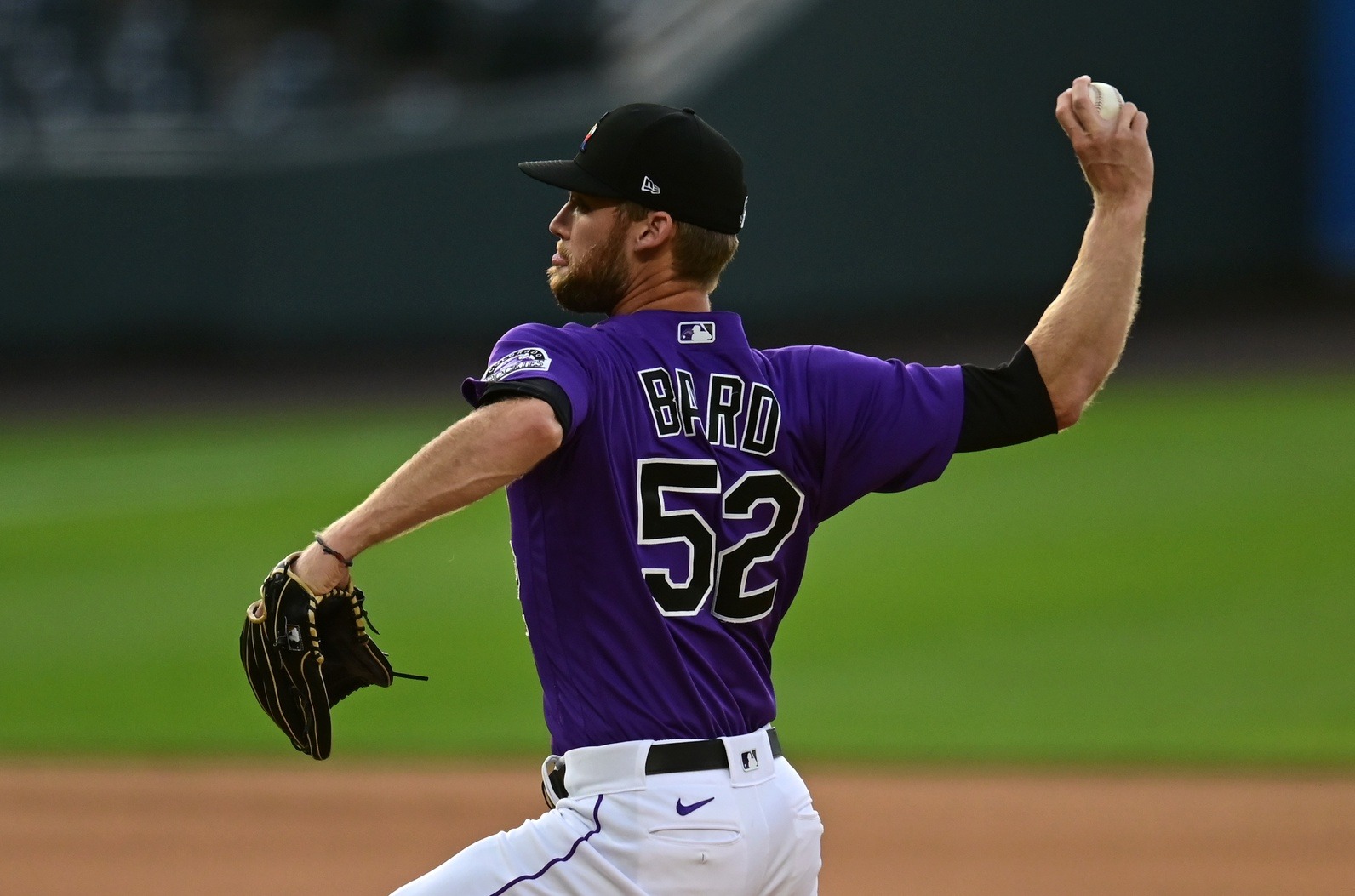
Estévez and Díaz are still talented and young enough in their careers to bounce back, yet they cannot be relied on after awful seasons.
Mychal Givens, in an incredibly small sample, is showing signs of being yet another guy who had excellent numbers elsewhere that may not be able to figure if out a mile above sea level.
So, it looks like it is once more time to take the vast majority of the resources Colorado now has after parting ways with Davis, Shaw, and McGee, ironically… and pour them into the next version of the Super Bullpen.
A good execution of this strategy could go a long way toward turning around the team quicker than just about anybody expects (see: 2017). A middling execution of this strategy could see them right back in this same situation spinning their wheels.
A poor execution brings a sour end to this era of Rockies baseball.
Comments
Share your thoughts
Join the conversation



